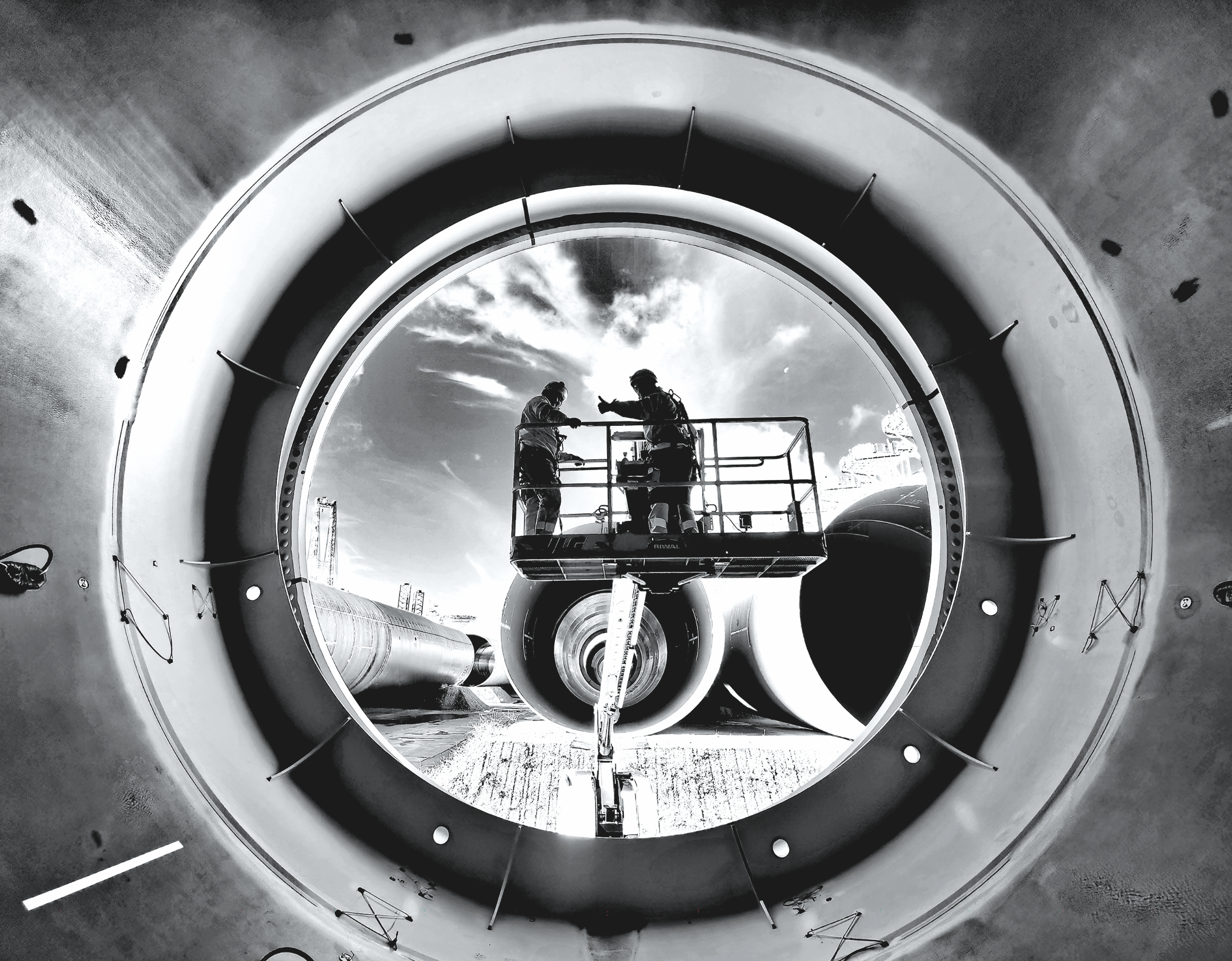Speaking with PES, Arran Armstrong, Technical Manager at 2H, addresses the challenges associated with soil conditions in offshore renewable energy projects. 2H is the independent advanced systems engineering brand within the marine energy and infrastructure group, Acteon. The unexplored locations of these projects require new geotechnical frameworks, making foundation installation risky and costly, meaning that early planning and thorough data acquisition to mitigate risks are important. How can innovative methodologies and close cooperation with its customers enable the company to handle challenging soil conditions effectively?
PES: Good to talk to you Arran. Perhaps I should start by asking, what challenges are developers seeing in relation to soil conditions in offshore renewables?
Arran Armstrong: There are a couple of challenges here, the first being many of the offshore renewable developments are outside of the traditional oil and gas energy basins, where many of the offshore geotechnical frameworks and methodologies were originally developed. Therefore, unexplored soil conditions are becoming more of the norm, meaning that new geotechnical frameworks must be developed, and industry-standard methodologies may need to be modified.
The other is the availability of vessels to acquire offshore geotechnical data, along with the capacity of the onshore soil testing laboratories. We have seen the availability of resources significantly influence the design of offshore site investigations, rather than the engineering requirements.



























